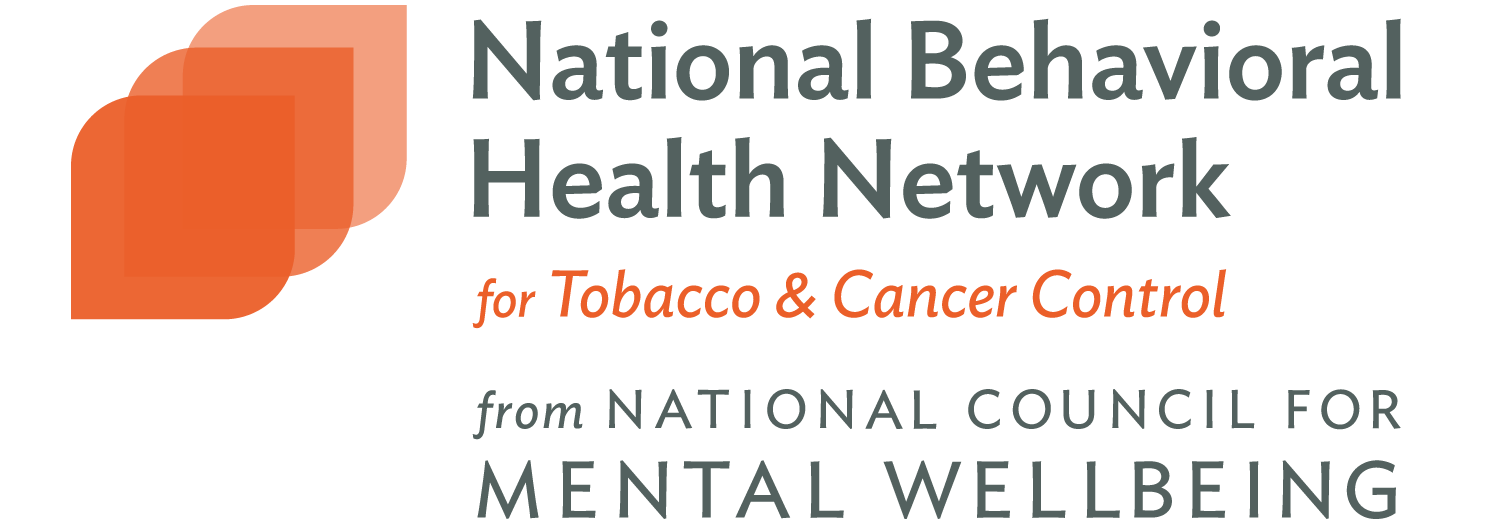To support behavioral health facilities in going tobacco-free and expanding cessation support services, the National Behavioral Health Network (NBHN) for Tobacco and Cancer Control and the Center for Disease Control and Prevention (CDC), in partnership with the SAMHSA National Center of Excellence for Tobacco-Free Recovery (SAMHSA-TFR), operated by the Smoking Cessation Leadership Center, hosted a two-day intensive workshop on promoting the adoption and enhancement of tobacco-free facility policies and the integration of tobacco treatment in behavioral health settings.
Evidence has shown that quitting smoking is associated with positive improvements in mental health and addiction recovery outcomes. Currently only a third of substance use dependency treatment facilities (34.5%) and less than half (48.6%) of mental health facilities have smoke free-policies on their campuses[i,ii,iii],making it critical to provide behavioral health facilities with the tailored tools, resources and technical assistance they need to build and maintain a healthy tobacco-free environment.
Forty participants representing more than 20 organizations from various state, local, and community behavioral health treatment facilities attended the two-day Creating & Enhancing Tobacco-Free Facilities & Treatment Services training in Portland, Oregon on June 5th and 6th. Training participants received support on a variety of topics including:
- Becoming a tobacco-free facility and enhancing existing tobacco-free campuses
- Increasing tobacco cessation services
- Using effective techniques to talk to clients about how to quit
- Optimizing use of nicotine replacement therapy (NRT) and other pharmacological supports
- Improving and evaluating tobacco cessation programs via data-driven decision making
Participants also had the opportunity to engage in peer roundtable discussions, collaborate on personal and organizational action plans, and be inspired by local tobacco control champion, Tim Murphy, CEO of Bridgeway Recovery Services. Through the fireside chat style conversation, Mr. Murphy talked about the decision to take his organization tobacco-free in order to further support clients recovering from their drug and alcohol addictions.
Participants left the training with a renewed energy around enhancing tobacco control policies and practices within their organizations.
Are you interested in learning more about transitioning to a tobacco-free facility? Check out our resources highlighting sample policy and planning information.
Access the full Creating & Enhancing Tobacco-Free Facilities & Treatment Services training report.
Sources



